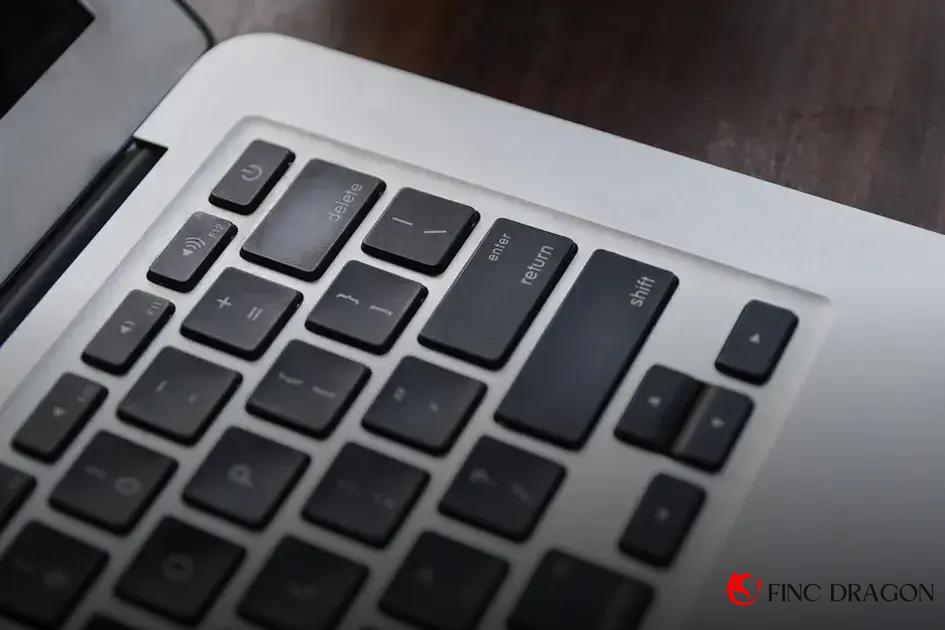Can NFTs be used as collateral for loans? As the digital asset market grows, this question has become increasingly relevant. With more people owning valuable NFTs, understanding how they can be utilized in financial services is crucial. In this article, we’ll explore the potential uses of NFTs in the lending world, from how they might serve as collateral to the risks and advantages involved. By the end, you’ll have a clearer picture of what the future could hold for NFTs in financial markets.
Understanding NFTs and Their Value
NFTs, or non-fungible tokens, have become a pivotal topic in the digital world. Representing unique digital ownership, these tokens are mostly minted on the Ethereum blockchain but can exist on various platforms. An NFT’s value primarily derives from its uniqueness, scarcity, and the underlying asset it represents, which can range from digital art to virtual real estate.
The concept of using NFTs as collateral for loans is an innovative financial approach. Unlike traditional assets, NFTs are purely digital, yet they hold substantial value when representing a rare digital art piece or a distinct collectible in the digital domain. The monetary evaluation of NFTs can be complex, as their worth largely depends on market demand and the subjective value appreciated by potential buyers or collectors.
What makes NFTs intriguing for collateral use is their non-fungibility. Since each NFT is unique, lenders need to thoroughly assess the market and historical sales data of similar NFTs to determine a fair lending value. This is unlike fungible assets such as cryptocurrencies or stocks, which have a standard market value at any given time.
Lending platforms are developing algorithms and mechanisms to evaluate and manage the collateralization of NFTs, offering new avenues for leveraging digital assets. However, the market’s volatility requires careful consideration of both potential appreciation and depreciation of NFT values over time.
Understanding the underlying factors that contribute to an NFT’s value is crucial. Factors like the artist’s popularity, the historical significance of the digital item, and its utility within the digital ecosystem play vital roles. As the NFT market evolves, these tokens might see increasing utility, presenting new possibilities within financial markets worldwide.
The Process of Using NFTs as Collateral

The Process of Using NFTs as Collateral
When considering the use of NFTs as collateral for loans, it’s essential to understand the steps involved in this process. The first step is valuation. NFTs must be thoroughly evaluated to determine their worth; this often involves a professional appraiser with expertise in digital art or specific NFT markets.
After valuation, the next step is finding a suitable lender. Not all financial institutions accept NFTs as collateral, so locating a lender familiar with digital assets is crucial. DeFi platforms are growing in popularity for these transactions, offering decentralized loan services where NFTs can be used as collateral.
Once a lender is found, establishing the terms and conditions of the loan is necessary. This includes determining the loan-to-value (LTV) ratio, interest rates, and repayment schedule. The LTV ratio is critical as it decides how much of the NFT’s value can be borrowed against.
The process also involves smart contracts, a feature inherent to blockchain technology. These contracts automatically execute and enforce the terms agreed upon by both parties. Ensuring that the smart contract is secure and follows the agreed-upon terms is essential to prevent any disputes later.
Finally, transferring the NFT to the lender’s custody or a secure smart contract wallet ensures collateral is held until the loan is repaid. This ensures the NFT is protected and can be returned or liquidated, depending on the borrower’s ability to meet the repayment terms.
Benefits and Risks of NFT-backed Loans
NFT-backed loans provide a new way for NFT owners to leverage their digital assets without selling them. They allow individuals to access liquidity while retaining ownership. One major benefit of using NFTs as collateral is the ability to quickly obtain funds based on the potential value growth of the NFT. This flexibility can be particularly useful in times of financial need or during cash flow crunches. Additionally, using NFTs as collateral avoids the need to part with assets that may have sentimental or long-term investment value.
On the flip side, there are inherent risks involved. Since the NFT market is still relatively new, the fluctuation in value can be significant. This volatility makes it challenging to accurately assess the worth of NFTs over time, potentially leading to over-collateralization or undervaluation. Moreover, the lack of standardization and regulation in this space can result in disputes in loan terms and repayment conditions.
Furthermore, concerns about the security of digital assets play a critical role in NFT-backed loans. There’s an increased need for secure platforms that can handle, store, and track these unique assets safely. Borrowers need to carefully consider the risks of losing access to valuable NFTs due to hacking or other technical failures.
The Future of NFTs in Financial Markets

In recent years, NFTs have surged in popularity, offering unique opportunities in the digital asset landscape. This trend is increasingly visible in financial markets, where NFTs are shaping new possibilities. As decentralized finance (DeFi) grows, NFTs start to emerge as potential assets for collateralizing loans.
The allure of NFTs in financial markets is their ability to represent ownership of unique assets, ranging from digital art to in-game items or even real estate.
NFTs and Market Dynamics
Financial markets are adapting to the inclusion of NFTs by recognizing their value as tradable assets on blockchain platforms. This means NFTs could be secured against loans, offering a solution for liquidity in a way traditional assets might not.
However, the future of NFTs in finance is not without its hurdles. Market volatility and the subjective nature of NFT valuation present challenges for both borrowers and lenders. The need for regulatory frameworks is becoming evident, as this innovative approach to asset management demands clarity and security.
Technological advancements continue to drive NFTs’ role in financial markets. Blockchain technology ensures transparency and security, essential elements for gaining trust in NFT-backed financial transactions. New platforms and protocols are likely to emerge, aimed at optimizing NFT usage within financial services. This could include smart contracts designed for more efficient and secure transactions, potentially reducing risks involved.
Ultimately, the integration of NFTs into financial markets represents a fusion of technology and finance, reshaping how assets can be leveraged in innovative ways. As market dynamics evolve, NFT applications may expand beyond current limitations, paving the way for mainstream acceptance and new opportunities.





